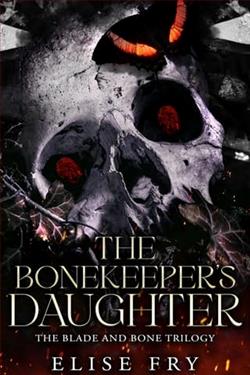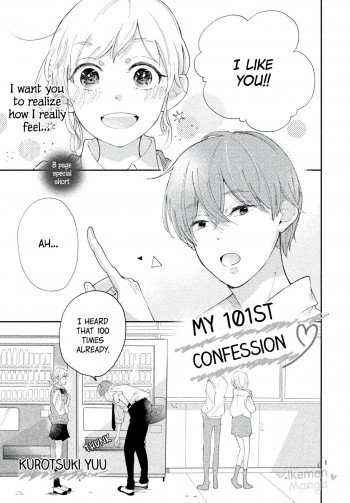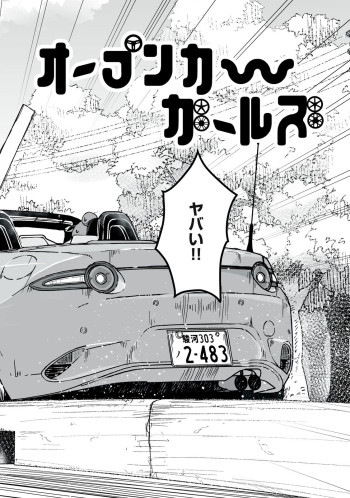
The BoneKeeper's Daughter
by Elise Fry
A is for Absence, Void open forever
B is for Bones, that keep us together
C is for Council, Protectors and Keeper
D is for Death, from Render or Reaper…
In the City of Bone, death is ever present. The Upper Kingdom is ruled by tradition, by the demands of the Gods for Offerings, by the call for flesh from the Bones. As the BoneKeeper, Wren has known her place and her role since birth.
For her, the living world is a bleak and colorless place; her only solace is in the memories of the souls she has Guided, where they tell her stories of a time when the sunlight was vibrant, when every step didn’t have to be measured, when water was pure.
But the Earth is hungry, and the Sky demanding. The Bones are growing restless, and the Council is a poisoned well. Wren’s world is changing, her path diverging in front of her. If she leaves souls unguided, they’ll be sent to Silence forever, lost to memory. But if she bends to the demands of the Council, what will be unleashed? And who, other than the Bones, can she trust?
.
Read
The BoneKeeper's Daughter on http://kissnovel.net
Martial Peak Reviews
Elise Fry's The BoneKeeper's Daughter is a hauntingly atmospheric novel that delves into the depths of tradition, duty, and the eternal struggle between life and death. Set in the enigmatic City of Bone, the narrative is woven with a lyrical quality that captures the reader's imagination from the very first page. Fry's world-building is both intricate and immersive, painting a vivid picture of a society where the past and present are inextricably linked through the bones that form the city's foundation.
The protagonist, Wren, serves as the BoneKeeper, a role she has been destined to fulfill since birth. Her character is a fascinating study of duty versus desire, as she grapples with the weight of her responsibilities and the yearning for a world that once was. Wren's journey is one of self-discovery and rebellion against the constraints of her society. Fry skillfully develops Wren's character, allowing readers to witness her transformation from a dutiful servant of tradition to a questioning and independent thinker.
One of the novel's most compelling aspects is its exploration of themes such as the cyclical nature of life and death, the power of memory, and the consequences of blind adherence to tradition. The City of Bone is a place where death is omnipresent, and the living world is depicted as bleak and colorless. Yet, through Wren's interactions with the souls she guides, we are given glimpses of a more vibrant past, a world filled with color and life. This contrast serves as a poignant reminder of what has been lost and what could be regained.
Fry's use of the alphabet as a structural device in the blurb is both clever and symbolic. Each letter represents a key element of the story, from the absence and void that death leaves behind to the bones that hold the city together. This structure not only adds depth to the narrative but also underscores the rigid order of the society in which Wren lives. The Council, as the protectors and keepers of tradition, is portrayed as a poisoned well, a source of corruption and control that Wren must navigate carefully.
The tension between Wren's duty to guide souls and her growing mistrust of the Council creates a gripping narrative arc. Fry masterfully builds suspense as Wren's world begins to unravel, and the stakes become increasingly high. The restless bones and the demands of the Earth and Sky add an element of urgency to the story, propelling Wren toward a decision that could alter the course of her life and the fate of the City of Bone.
In terms of literary comparisons, The BoneKeeper's Daughter shares thematic similarities with works like Neil Gaiman's The Graveyard Book and Philip Pullman's His Dark Materials series. Like Gaiman, Fry creates a world where the supernatural and the mundane coexist, and like Pullman, she explores the tension between authority and individual freedom. However, Fry's unique voice and the distinct setting of the City of Bone set this novel apart, offering readers a fresh perspective on familiar themes.
Fry's prose is both poetic and precise, capturing the stark beauty of the City of Bone and the emotional depth of Wren's journey. The novel's pacing is well-balanced, with moments of introspection interspersed with action and intrigue. The supporting characters, though not as deeply developed as Wren, serve to enrich the narrative and highlight the complexities of the society in which they live.
Overall, The BoneKeeper's Daughter is a thought-provoking and evocative read that will resonate with fans of fantasy and speculative fiction. Fry's exploration of themes such as memory, tradition, and the nature of power is both timely and timeless, offering readers a story that is as much about the world we live in as it is about the fictional City of Bone. This novel is a testament to the power of storytelling and the enduring human spirit, making it a must-read for anyone seeking a richly layered and emotionally resonant tale.
In conclusion, Elise Fry has crafted a mesmerizing narrative that challenges readers to question the world around them and the roles they play within it. The BoneKeeper's Daughter is a testament to the power of memory and the importance of forging one's path, even in the face of overwhelming odds. It is a story that lingers long after the final page is turned, leaving readers to ponder the delicate balance between life and death, tradition and change.
























Reviews 0
Post a Reviews: